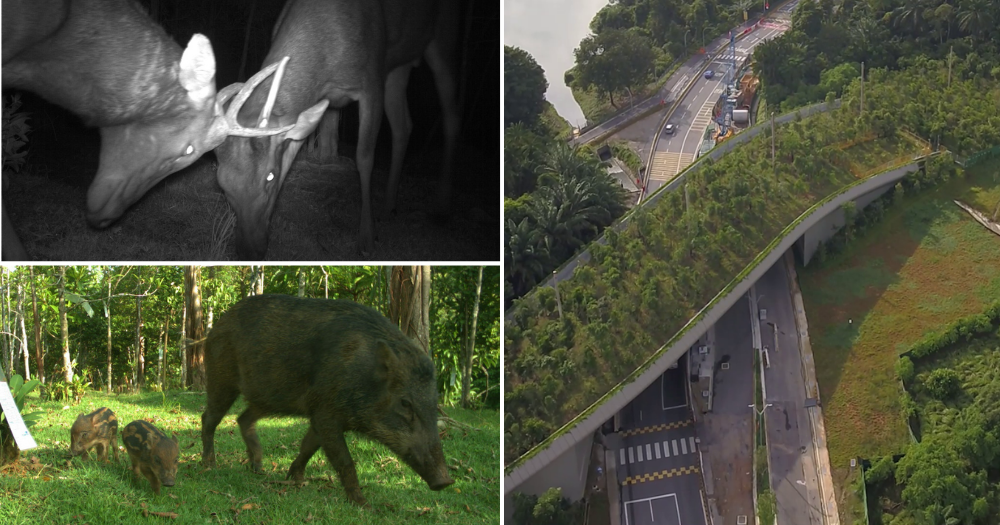Follow us on Telegram for the latest updates: https://t.me/mothershipsg
If you need proof of the richness of biodiversity in Singapore, here it is.
Nearly 70 species of wildlife have been captured on camera using and staying around the Mandai Wildlife Bridge since it opened in December 2019.
The bridge is for animals only to allow the creatures safe passage over Mandai Lake Road.
The structure was built to connect the buffer areas leading to the Central Catchment Nature Reserve (CCNR).
Permanent fencing along Mandai Lake Road guides and funnels terrestrial animals onto the bridge.
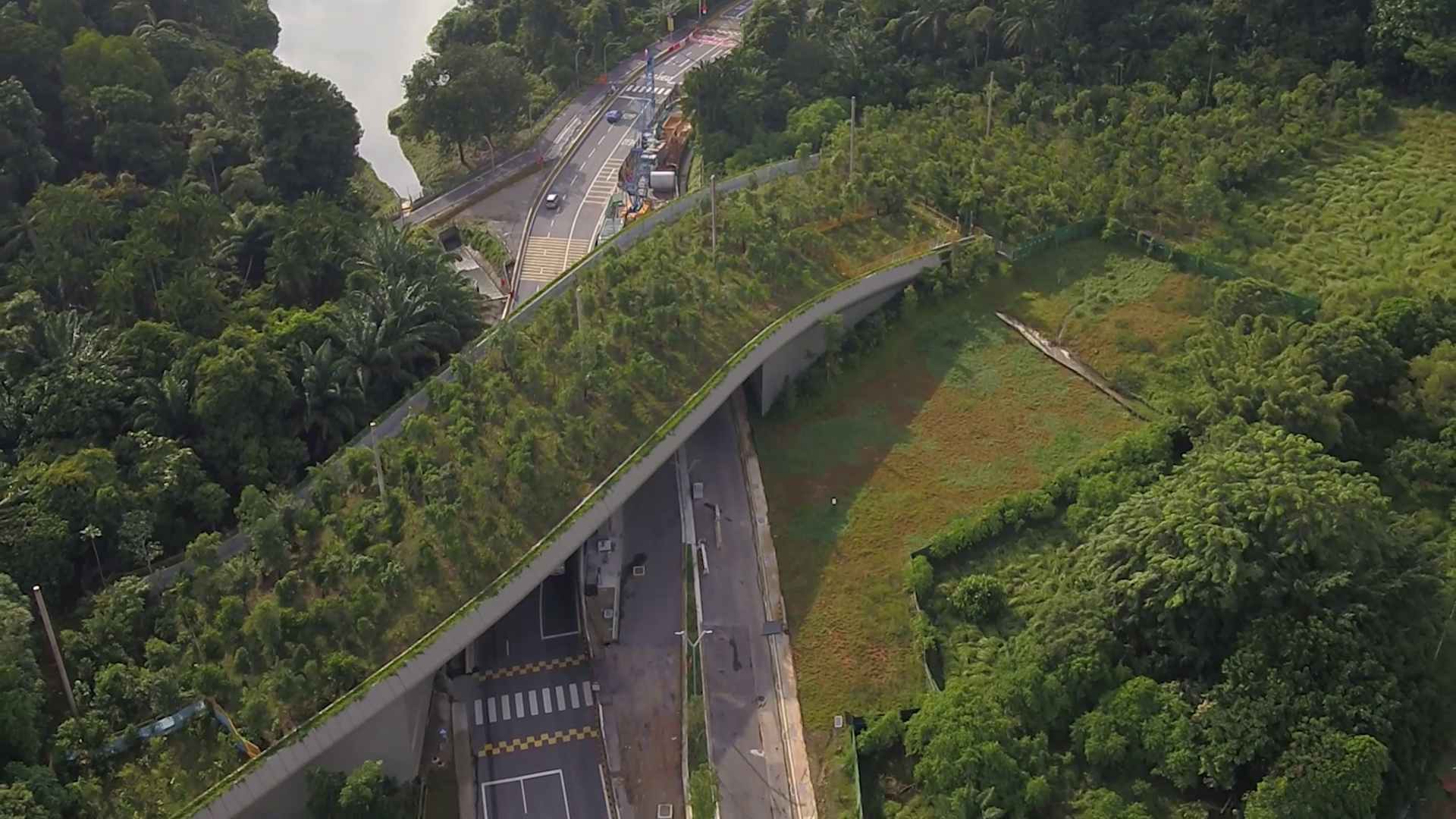 Photo from Mandai Wildlife Group
Photo from Mandai Wildlife Group
Caught on camera
Six cameras strategically installed along the 140m bridge have observed wildlife usage.
The cameras are part of a long-term ecological monitoring programme at Mandai Wildlife Reserve.
Knowledge and data accumulated are then used in existing environmental management plans, as well as to assist in the long-term planning for ecological restoration, wildlife connectivity enhancement and population studies for the future precinct of Mandai Wildlife Reserve.
Animals such as the Sambar deer, long-tailed macaques and wild boars were spotted, towing along and nursing offspring as well.
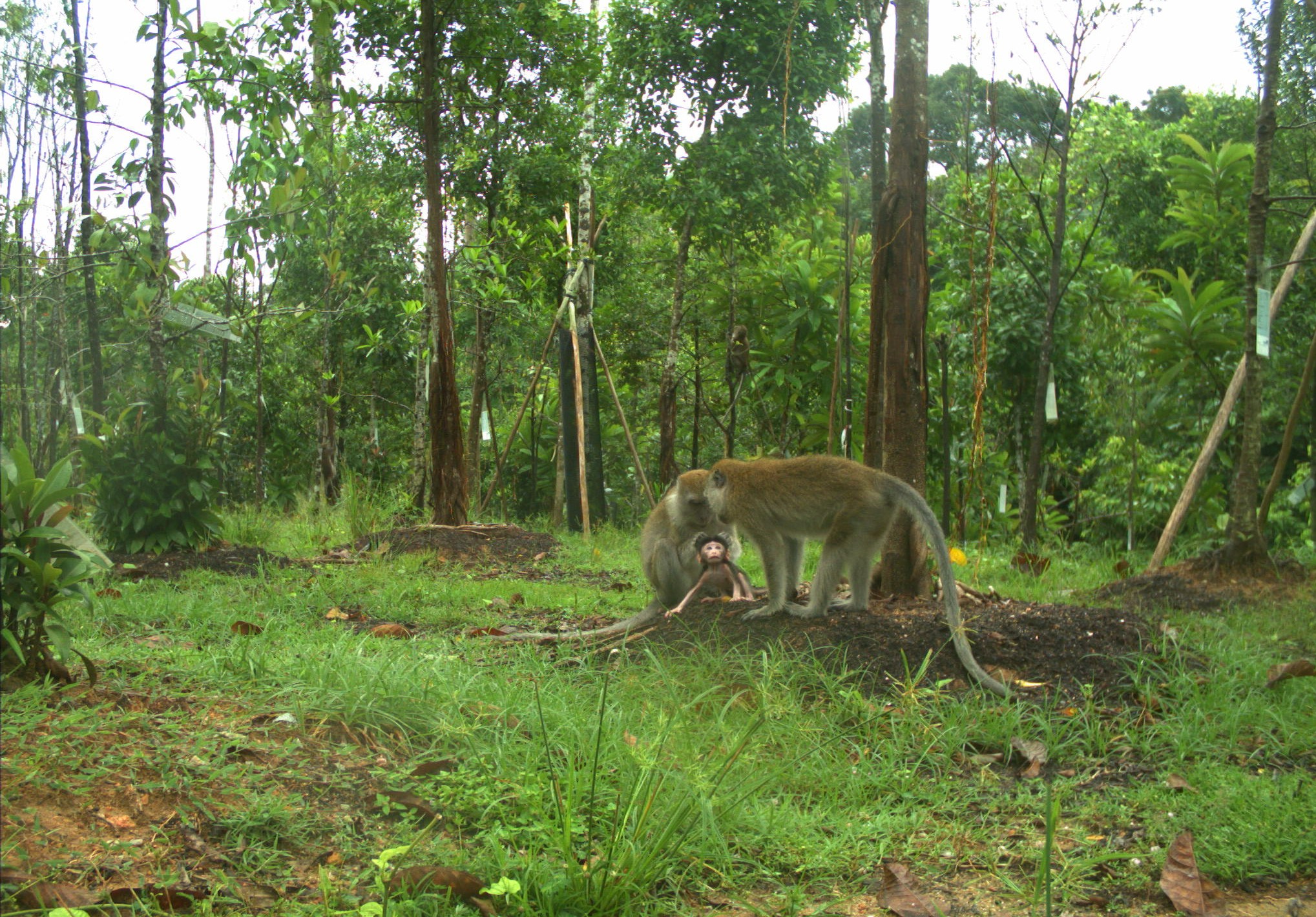 Photo from Mandai Wildlife Group
Photo from Mandai Wildlife Group
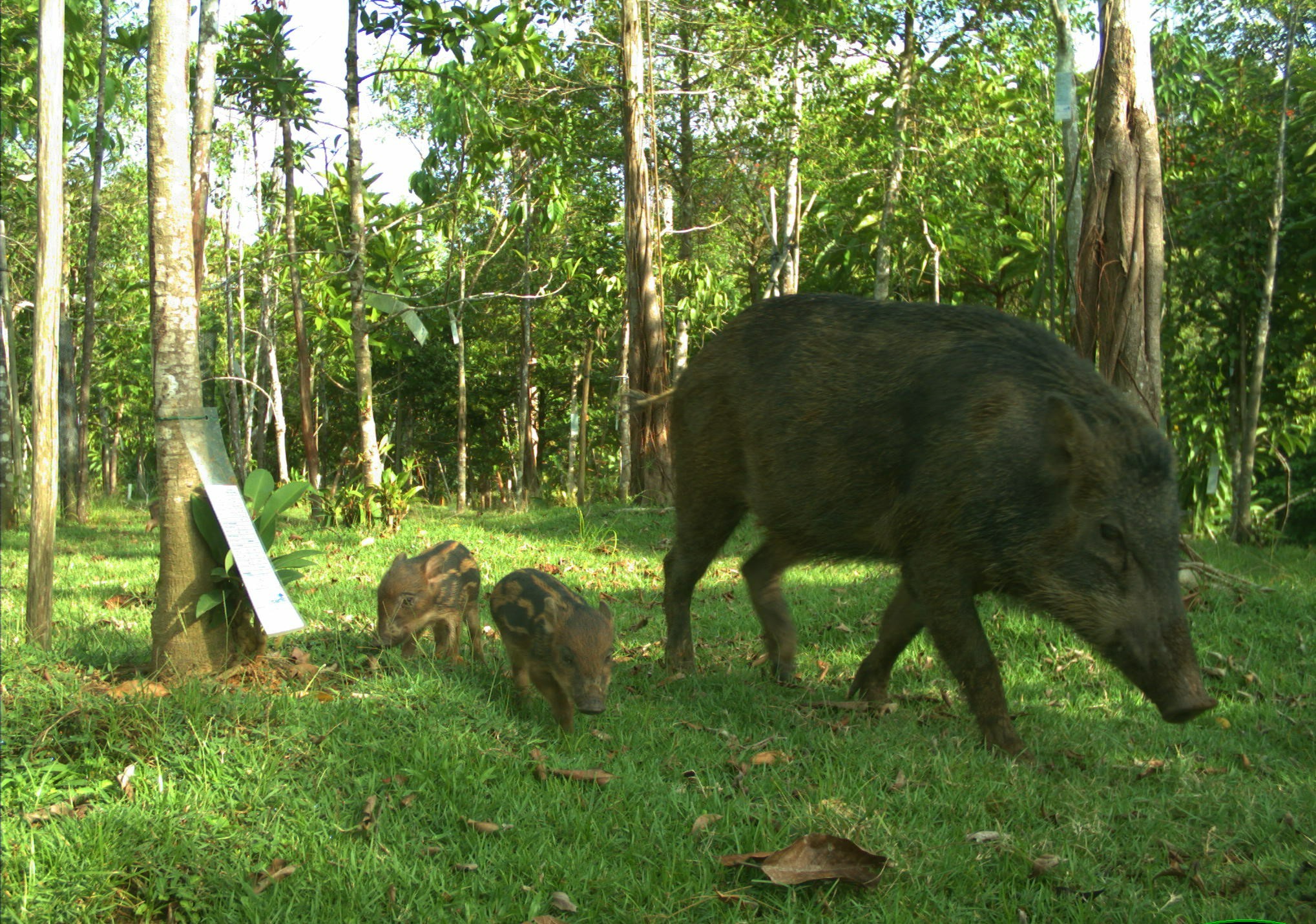 Photo from Mandai Wildlife Group
Photo from Mandai Wildlife Group
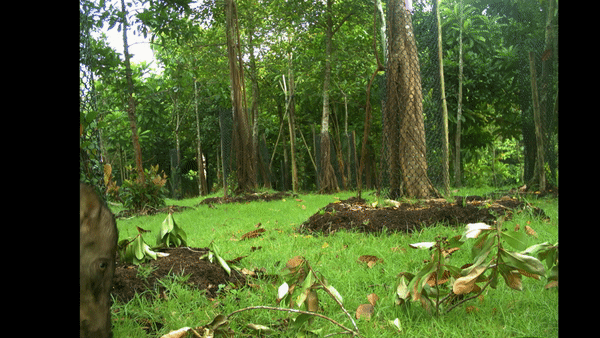 Video from Mandai Wildlife Group
Video from Mandai Wildlife Group
Mandai Wildlife Group observed that Sambar deer use the bridge particularly often at night, and can be seen almost daily.
Two bucks were even caught on camera sparring.
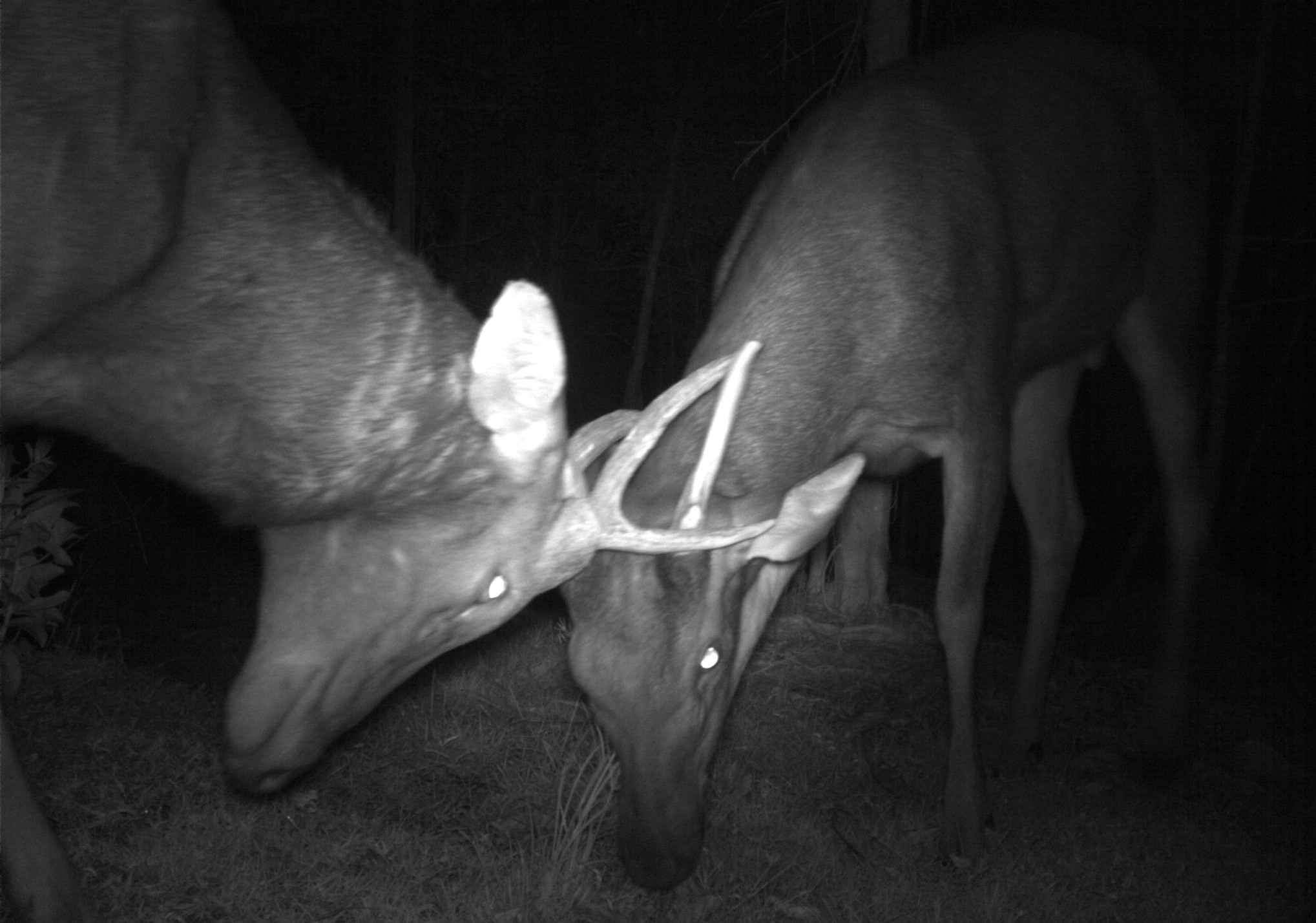 Photo from Mandai Wildlife Group
Photo from Mandai Wildlife Group
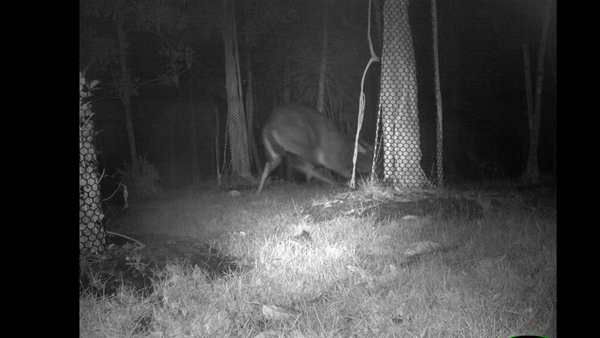 Video from Mandai Wildlife Group
Video from Mandai Wildlife Group
Other slightly more elusive creatures were also seen — the lesser mousedeer was sighted nearby, and the common palm civet was spotted plodding across the bridge.
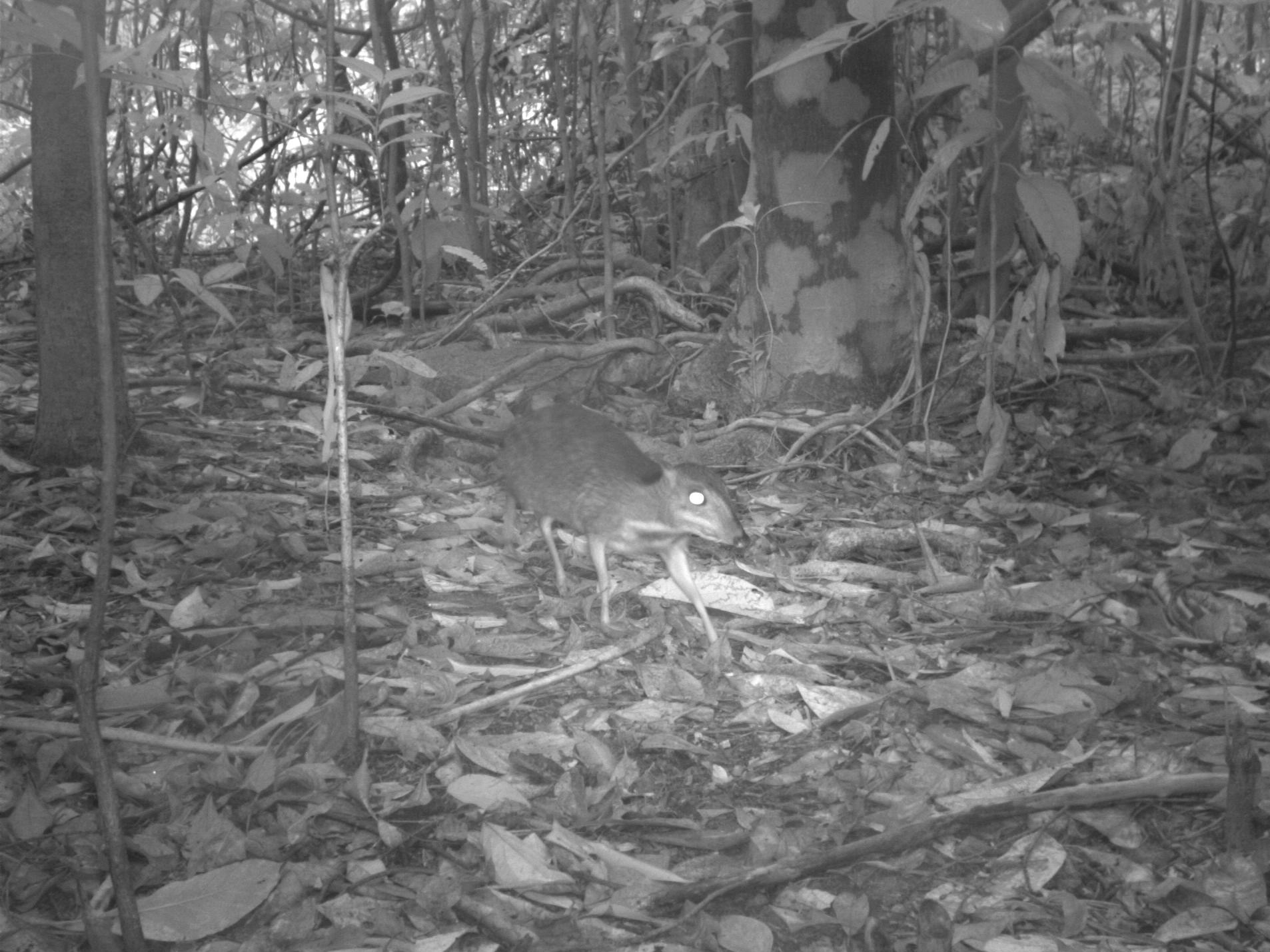 Photo from Mandai Wildlife Group
Photo from Mandai Wildlife Group
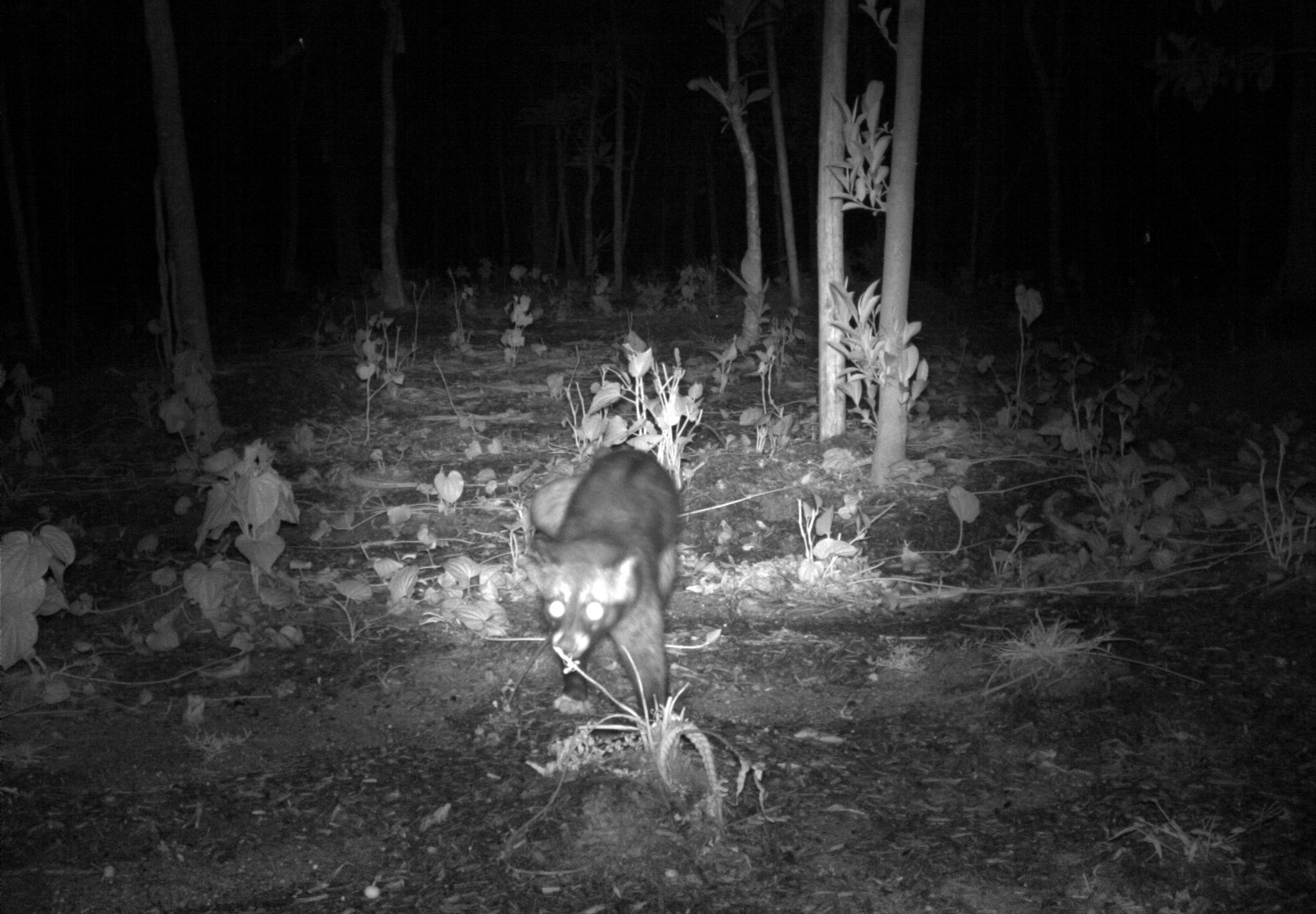 Photo from Mandai Wildlife Group
Photo from Mandai Wildlife Group
New information gleaned from observations
Aside from terrestrial animals, aerial ones were spotted on the Mandai Wildlife Bridge as well.
Bats and birds, such as changeable hawk-eagles, red junglefowl, and a chestnut-bellied malkoha, were detected using the bridge.
Although wildlife mainly use the bridge as crossings, individuals have been observed foraging and nesting on it.
For instance, changeable hawk-eagles and monitor lizards were seen using the colugo poles on the bridge to perch and bask in the sun.
Data from monitoring efforts have also added to Mandai's knowledge on how species interact with one another.
Red junglefowl, for example, have been observed taking advantage of the upturned soil left behind by wild pigs digging for food and grubs.
Camera trap monitoring has also recorded sightings and foraging activities of the critically endangered Sunda pangolin, along with mousedeer, near the bridge in the buffer zones of the development project.
Bridge made to resemble actual forest
The bridge is between 35m and 44m wide, with over 31,000 plants on it, including more than 1,000 native trees spanning 25 species and more than 30,000 shrubs from eight species.
In order to achieve a multi-layered forest structure that closely resembles wildlife's natural habitat, Mandai's planting strategy included fast-growing native trees and a combination of species that grow to various heights at maturity.
To enrich the ground layer on the bridge, logs, branches and leaf litter from existing wildlife parks were collected and transported to the bridge.
The log piles act as "stepping stones" or refuge for small mammals, reptiles and amphibians.
Saplings were also salvaged from other sites within the precinct and transplanted to the bridge to enhance the diversity of vegetation there.
Saplings of a recently discovered and locally threatened tree species, Glochidion obscurum, were even found growing on the bridge.
The saplings' appearance are the result of animal dispersal, which is a positive indicator of natural regeneration of flora on the bridge, according to Mandai Wildlife Group.
Mandai project previously received criticism
The Mandai Rejuvenation Project is currently being carried out to transform the Mandai area into an "integrated nature and wildlife destination", which will include the Singapore Zoo, River Wonders, Night Safari, Rainforest Wild, and Bird Paradise.
The project was criticised by nature lovers over concerns about the potential disturbance and destruction that might be wrought on the flora and fauna in and around the CCNR.
The late conservationist Subaraj Rajathurai previously claimed that increasing occurrences of roadkill in the Mandai area could be attributed to development works for the project.
However, the then-senior vice-president of Mandai Park Holdings, Philip Yim, said it was "misleading" to attribute all roadkill in the Mandai vicinity to the Mandai project, adding that "roadkill incidents have happened before".
While these criticisms did not prevent the development project from going ahead, Mandai Wildlife Group have expressed their commitment to carry out the construction works in an environmentally-sustainable and sensitive manner.
Top photo from Mandai Wildlife Group
If you like what you read, follow us on Facebook, Instagram, Twitter and Telegram to get the latest updates.
